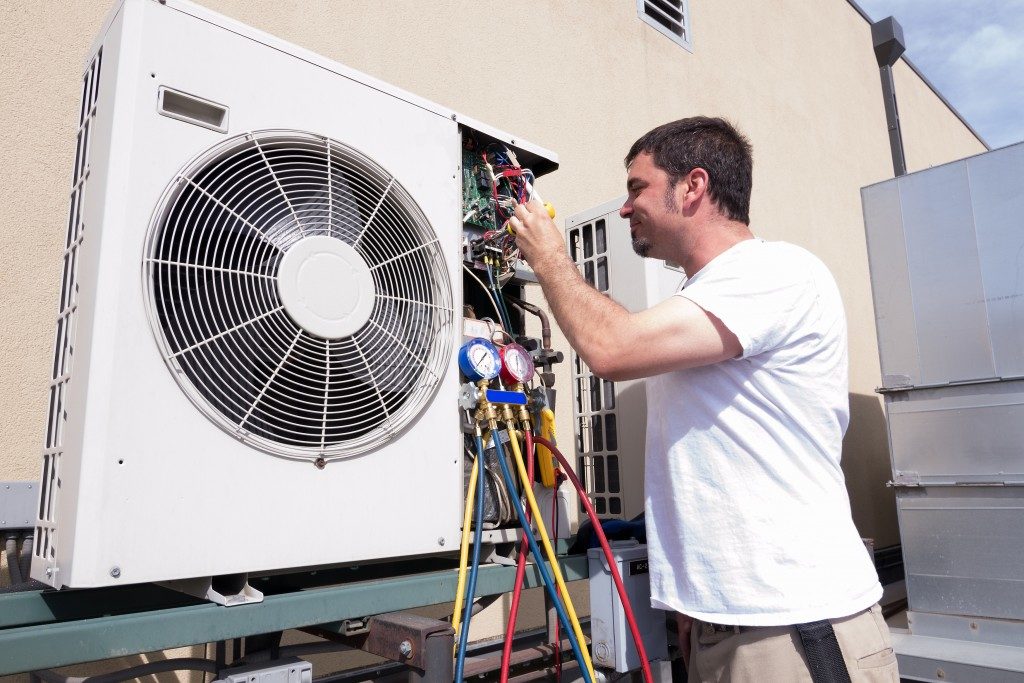
For most people, getting comfortable interiors is as easy as flipping the control system or thermostat to cool and heat settings. As the seasons change, however, your indoor heating and cooling needs will also change. You need to ensure that your HVAC unit is ready and able to handle the changing seasons.
You, after all, would not want to make a dreaded emergency call to an HVAC technician on the hottest or coldest time of the year when you most need your system to be working. Routine annual maintenance will negate the need for heating repair in Modesto, CA, or at least reduce its need.
There are different elements included in an HVAC maintenance service over changing seasons and as such having one for each changing season is essential. Here are these elements for different seasons.
Spring
This is the right time for a complete and detailed inspection of your HVAC system and the making of small adjustments for its operation. In spring maintenance, the technician will check your unit’s electrical components, calibrate your thermostat, oil the motor, clean the condenser and evaporator, replace your filters and check your refrigerant levels. All these elements will minimize the chances of a breakdown in summer when prices are through the roof and wait times are significantly longer.
Summer

If you have already had a spring maintenance service all you might need in summer is to keep an eye on your system. Most HVAC units will freeze in summer or stop working altogether secondary to the heat wave.
You could avert this from affecting your HVAC unit by switching it off and on time and again for a few hours. Summer HVAC maintenance generally involves checking your refrigerant and the coils and ensuring your central unit is debris-free. This keeps your coolant flowing freely irrespective of the heat waves.
Autumn
At this time, your furnace is at the highest risk of malfunctioning. HVAC maintenance will thus focus on the inspection of your entire heating systems including the boiler and furnace.
The furnace is hence cleaned on the inside and outside, checked for leakage, the vent lines are cleared, pipes are inspected, and the air filter is changed. The burners, heating vents, air ducts, and radiators are also checked to ensure they are in optimal shape.
Winter
Winter HVAC maintenance will focus on the protection of your unit. The technician will thus focus on the optimal insulation of your HVAC’s pipes and the vent lines.
The pilot light is also checked and the thermostat programmed accordingly to ensure your unit does not fail you in the middle of a cold winter. There are also other elements in your maintenance service to keep your furnace from getting overworked in winter.
You cannot miss the numerous articles online on how to carry out your HVAC unit’s maintenance and what you should look for. While these articles make it seem like a straightforward process, they do not account for the many screws and parts you will come across when trying to ‘service’ your unit.
More often than not, this DIY ‘service’ will cause the irreparable damage of various components of your unit, and thus an expert service is your only choice.

